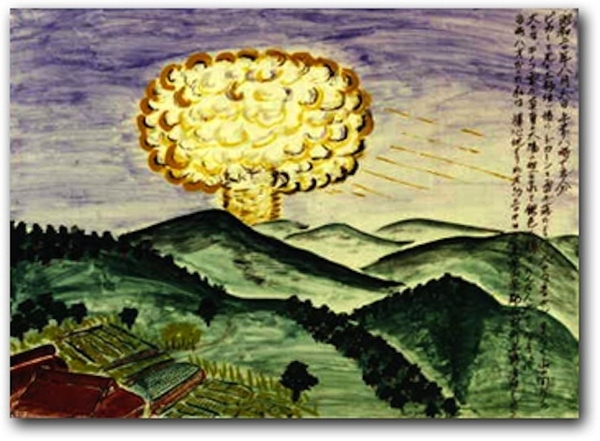
On display at the Burnet Gallery, Minneapolis, MN
One of the more peculiar encounters I have had with a work of art occurred in Minneapolis, MN, where I stayed at Le Meridien Chambers Hotel on the corner of 9th & Hennepin. Adjacent to the hotel is Burnet Gallery, which had this rather startling image hanging in a hallway conjoining the gallery with the hotel. I was immediately taken aback by its uninhibited strangeness and its disturbing but thought-provoking narrative. According to Jennifer Phelps, who graciously answered my questions about the work, “Yes, this piece creates a lot of discussion. I believe Bickerton is trying to confront and challenge our social culture that stresses the individual and technology over human contact.” Which may be a polite way, in this case, of saying that this is a commentary on how porn addiction has become a part of the fabric of “normal society,” in which one may appear to be a respectable citizen, complete with a professional career and the outward signs of middle-class affluence. However, behind the “American dream” (signified by the flag) are the symbols of our salacious instincts, which are evident in the blow up doll on the bed and the rows of pictures of nude women on the wall. This is an icky picture, yet one which compels us to acknowledge that people like the man in this picture exist, worlds and lifestyles like his exist, and they are made possible by a sex industry that is all the more pervasive because of how easily accessible it is through the computers that inhabit the countless spaces in which we live and work. Ultimately, though, this picture is a condemnation of the digital objectification of women as sex toys and other forms of sexual entertainment. In a sense, the room depicted in this image dwells somewhere deep in the male psyche, which too often yearns for sexual contact with women, not as friends and lovers, but merely as bodies willing to satisfy unchecked male desires. The expression on that man’s face is one that has been around since time immemorial, evoking a smirky and obscene disdain for women, many of whom are forced into lives of misery and exploitation.
[photo credit: David Martínez]




